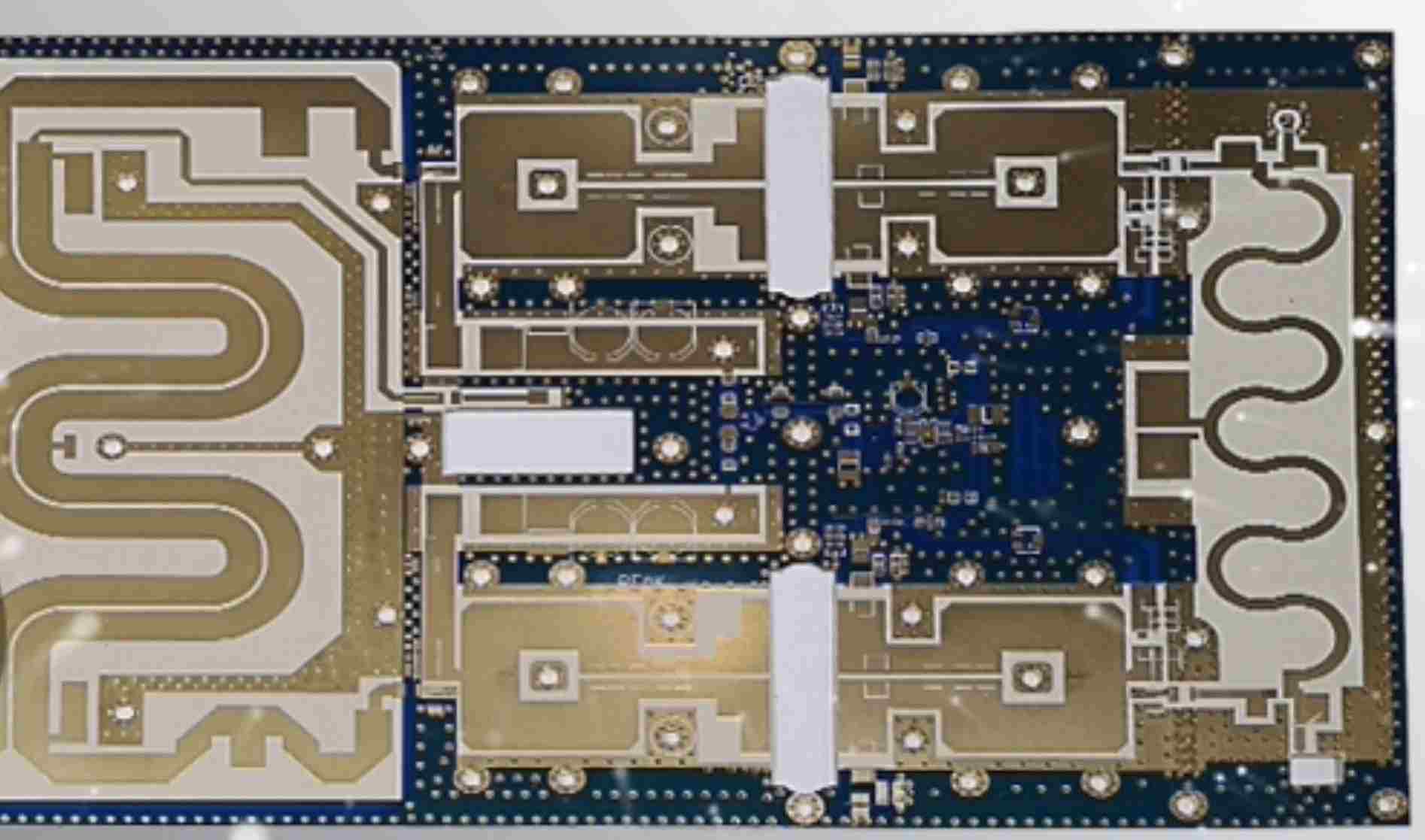Introduction to Rogers Laminates
Rogers Corporation is a leading manufacturer of high frequency circuit board materials, including laminates and prepregs used for fabricating printed circuit boards (PCBs). Rogers laminates are widely used in wireless communications, radar and telemetry applications that require antennas and other high frequency circuits.
Some of the key benefits of using Rogers laminates for antenna systems include:
Consistent Dielectric Properties
Rogers laminates feature low loss, stable dielectric constants across a wide frequency range. This allows consistent performance of antennas and other RF components. Popular laminates like Rogers RO4000® series have dielectric constants between 3.38-3.55 and loss tangents as low as 0.0027.
Thermal Management
The coefficient of thermal expansion (CTE) of Rogers laminates is tailored to match common copper clad laminates. This minimizes thermal stresses during circuit fabrication and assembly.
High Frequency Performance
Rogers laminates maintain stable electrical properties up to millimeter wave frequencies. They exhibit low signal loss, allowing efficient radiation from antenna elements.
Design Flexibility
Rogers offers a range of dielectric materials and copper foil weights to optimize circuit design. Prepregs are also available for multilayer board constructions.
Rogers Laminates for Antenna Applications

Here are some of the most popular Rogers laminates used for designing antenna systems:
RO4000 Series
The RO4000 series, such as RO4003C and RO4350B, offer outstanding high frequency performance from MHz to GHz frequencies. With a dielectric constant of 3.38-3.55, these materials are suitable for antennas from HF to microwave bands. The low loss tangent of 0.0027 enables excellent radiation efficiency.
RT/duroid 6000 Series
The RT/duroid 6000 series features ceramic-filled PTFE composites with dielectric constants from 3.48 to 10.2. These high permittivity laminates allow miniaturized antenna elements and tightly packed arrays for applications including 5G, Wi-Fi 6E and radar systems.
RT/duroid 5880LZ
RT/duroid 5880LZ is an ultra-low loss PTFE based material optimized for mmWave antenna arrays in the 27 – 40 GHz range. It has a dielectric constant of 1.96 and loss tangent of 0.0004 for maximizing antenna gain and radiation patterns. The low Dk minimizes surface waves within the laminate.
TMM 10i
TMM 10i laminates have a dielectric constant of 9.2 to shrink antenna size. This allows elements to be more closely spaced for high density antenna arrays. TMM 10i exhibits low loss of 0.0023 at 10 GHz for excellent radiation efficiency.
Antenna Design Considerations with Rogers Laminates
Here are some key points to consider when designing antennas on Rogers laminates:
- Select dielectric constant to optimize antenna size, bandwidth and efficiency
- Minimize conductor losses with sufficiently thick copper foil (1⁄2 oz to 2 oz)
- Account for frequency dependence of dielectric constant in simulations
- Ensure adequate board thickness to prevent surface wave losses
- Use sufficiently large ground planes to control impedance and radiation patterns
- Include thermal vias in antenna elements to conduct heat away from copper traces
Conclusion
Rogers Corporation offers a diverse range of high frequency circuit materials to meet antenna system requirements across wireless applications. The consistent electrical properties, thermal reliability and design flexibility of Rogers laminates make them an ideal choice for fabricating antenna PCBs. By selecting the appropriate laminate and following sound design practices, antennas with optimized performance can be realized.
Frequently Asked Questions
What are some key factors in selecting a Rogers laminate for an antenna design?
The dielectric constant and loss tangent are critical parameters. A higher dielectric constant allows miniaturized antennas, while low loss improves efficiency. The operating frequency range should align with the stable range of the laminate. Board thickness, copper weight and thermal conductivity are also important.
How does the dielectric constant affect antenna performance and size?
A higher dielectric constant results in shorter wavelengths in the laminate. This allows antenna elements to be smaller for a targeted frequency. However, the bandwidth and efficiency may be reduced compared to lower permittivity laminates.
Can Rogers laminates be used for flexible or wearable antennas?
Yes, Rogers offers polyimide based flexible laminates such as RT/duroid® 6002 and 6202 with excellent high frequency properties. These materials are suitable for conformal and wearable antennas.
Are Rogers laminates compatible with common PCB processing methods?
Yes, Rogers laminates are designed to be processed with standard PCB fabrication techniques like lithography, etching, drilling and lamination. They are also compatible with surface mount assembly. Proper handling procedures should be followed.
Does Rogers provide design support for antennas on their laminates?
Rogers has extensive RF design support available, including assistance with circuit and antenna modeling on Rogers materials. Their application engineers can provide guidance in selecting the optimal materials and constructions.

Leave a Reply